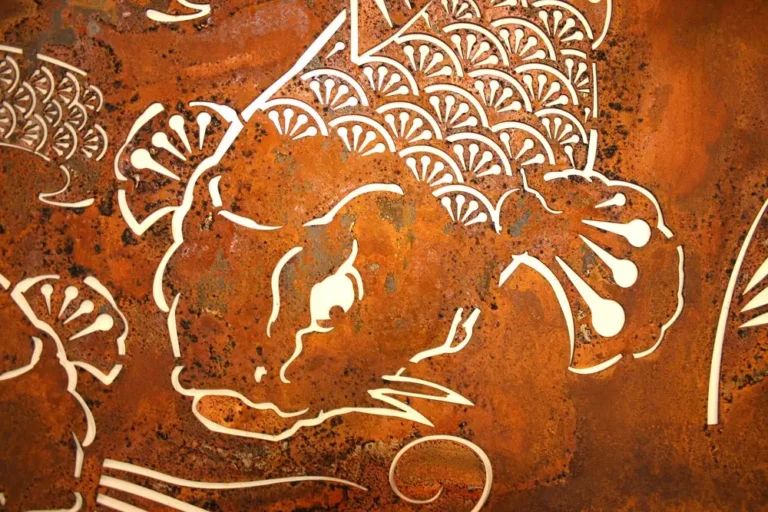FDM 3D PRINTING
What is FDM 3d Printing?
FDM 3D printing is a reliable and efficient method for creating three-dimensional objects by layering thermoplastic materials such as PLA, ABS, PETG, and nylon. Using advanced Fused Deposition Modeling (FDM) technology, this process precisely builds up each layer, resulting in durable, functional, and accurate 3D-printed parts. This technique is perfect for producing prototypes, custom components, and low-volume production parts, all while keeping costs low.
A major advantage of FDM 3D printing is its ability to use a variety of materials. These materials, including PLA, ABS, PETG, and nylon, make it a popular choice for industries like product development, automotive, aerospace, medical devices, and consumer goods. The FDM process excels at creating complex shapes and functional prototypes, jigs, and fixtures that are difficult or expensive to produce using traditional manufacturing methods.
Additionally, 3D printing with FDM technology enables rapid prototyping, which allows for quick changes and design improvements without long delays. This speed is especially beneficial for industries that require fast turnaround times. Moreover, FDM printing produces less material waste than traditional manufacturing, making it an eco-friendly option for small to medium production runs. The ability to use various materials to create durable, precise parts quickly and cost-effectively makes FDM technology a valuable solution for many industries.
CASE studies
Category: Laser Cutting, Sheet Metal Fabrication, Turnkey Solution
State-of-the-Art FDM 3D Printing Solutions
To ensure top-quality 3D printing results, we utilize advanced Fused Deposition Modeling (FDM) technologies, including standalone FDM systems, each tailored for specific materials and applications to deliver consistent accuracy and strength.
Our FDM 3D printing capabilities provide high-speed, precise layer deposition, especially suited for creating durable parts with a variety of thermoplastics such as PLA, ABS, and PETG. The process is highly efficient, minimizing material waste, making it ideal for functional prototyping and manufacturing applications that require robustness and dimensional accuracy.
For applications involving larger geometries or more complex structures, our standalone FDM systems excel. With advanced temperature control and extrusion precision, it’s perfect for producing parts with intricate details and varied material properties, ensuring reliable, high-quality results for every print.
Our services guarantee high-precision 3D printing across a range of material types, part sizes, and production volumes. Whether for customized prototypes, tooling, or low-volume production, we offer reliable, precise FDM 3D printing solutions to meet your specific needs.
Our FDM 3D Printing Capabilities
Build Volume
200 x 200 x 300 mm
Layer Resolution
0.05 - 0.5 mm
Positioning Accuracy
0.1 - 0.5 mm
Nozzle Diameter
0.2 - 1 mm
Printing Temperatures
180°C - 300°C
Bed Temperatures
60°C - 110°C
Min Part Size
3 x 3 x 0.6 mm
Part Qty
1 - 10,000
Minimum Lead Time
Next Day
Standard Lead time
3 Days
Materials for FDM 3D Printing: PLA, ABS, PETG, Nylon, TPU, TPE, Polycarbonate (PC), PEEK, ASA, HIPS, Carbon-fiber reinforced filament, Wood-filled filament, Metal-filled filament
FDM 3D Printing Compatible Materials
We provide Fused Deposition Modeling (FDM) 3D printing services using advanced extrusion-based systems, delivering accurate, high-quality 3D prints with a wide range of thermoplastic materials. Whether it’s prototypes, functional parts, or custom designs, our FDM printing ensures strength and precision across various geometries and applications. The table below outlines the compatibility of different materials with FDM 3D printing, highlighting the suitability for various use cases and the expected performance characteristics.
FDM 3D Printing Compatibility Table: This table shows how different materials interact with the FDM printing process, providing insights into the material properties, durability, and print quality.
Material | Ease of Printing | Durability | Surface Finish | Applications | Notes |
PLA (Polylactic Acid) | Easy | Medium | Good | Prototyping, Toys, Architectural Models | Low heat resistance, eco-friendly, suitable for beginners |
ABS (Acrylonitrile Butadiene Styrene) | Moderate | High | Medium | Functional Prototypes, Automotive Parts | Requires heated bed, emits fumes, strong and
impact-resistant |
PETG (Polyethylene Terephthalate Glycol) | Easy | High | Good | Mechanical Parts, Containers | Strong, chemical resistant, ideal for functional parts |
Nylon (Polyamide) | Difficult | Very High | Medium | Gears, Hinges, Wear-Resistant Components | Flexible and tough, moisture-sensitive, requires high
print temperatures |
TPU (Thermoplastic Polyurethane) | Moderate | Medium | Good | Flexible Parts, Phone Cases, Wearables | Flexible and elastic, best for parts requiring flexibility |
PC (Polycarbonate) | Difficult | Very High | Medium | High-strength, Engineering Components | Requires high-temperature settings, strong and durable |
HIPS (High Impact Polystyrene) | Moderate | Medium | Good | Support Structures, Prototypes | Often used as a dissolvable support material for dual
extrusion |
ASA (Acrylonitrile Styrene Acrylate) | Moderate | High | Medium | Outdoor Applications, Automotive Parts | UV-resistant, weatherproof, ideal for outdoor use |
PVA (Polyvinyl Alcohol) | Easy | Low | N/A | Support Material | Water-soluble, used for support structures in complex
prints |
Wood-filled PLA | Easy | Medium | Wood-like Texture | Decorative Items, Art | Provides a wood-like finish, requires low-temperature
settings |
Carbon-fiber Filled Filaments | Moderate | Very High | Rough | High-strength, Lightweight Parts | Strong, lightweight, but can be abrasive to the nozzle |
